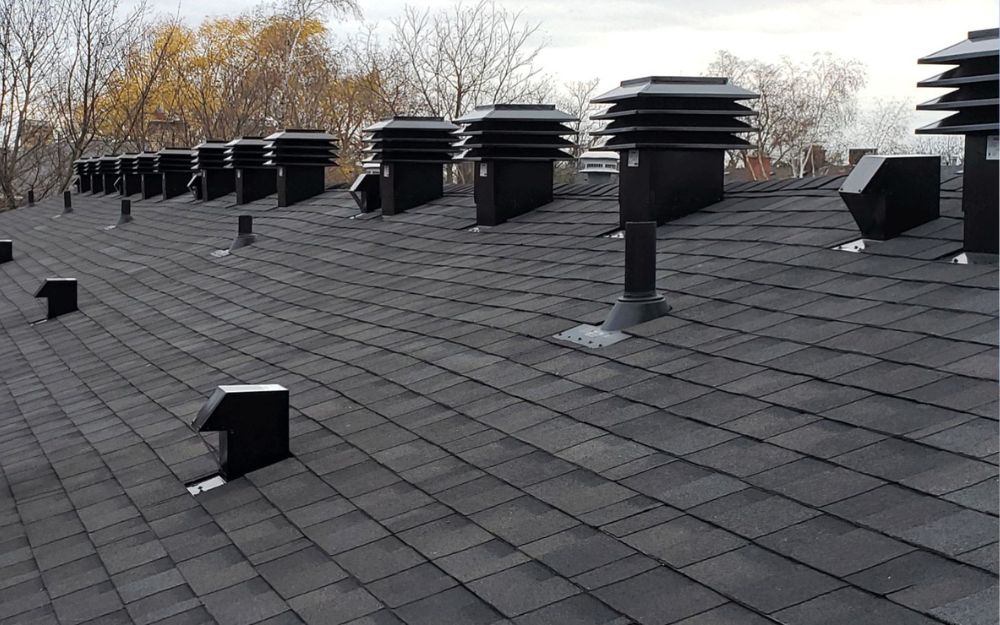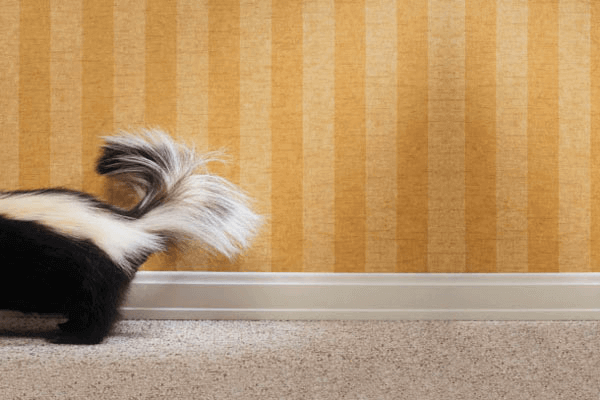During winter, there are certain problems that are obvious to our inspectors even before they…

Roof ventilation: when too much is just as bad as too little!
Roof ventilation plays a crucial role in the overall health of a building. It helps control humidity, prevent mold growth, and regulate temperature year-round — in both summer and winter. However, contrary to popular belief, excessive ventilation is not always a good thing. In fact, when poorly designed, it can lead to unwanted side effects. Stay with us as we explore why too much roof ventilation can actually cause serious problems.
How is your roof ventilation?
Our home inspectors are there to help you
keep your house in better shape… longer!
Before addressing the complications that can result from poor roof ventilation, it’s important to understand one key phenomenon: the stack effect.
This is a natural process in which warm air rises inside a house, creating negative pressure on the lower levels. This draws in cooler air through lower openings (such as doors and cracks) and pushes the warm air upward into the attic or outside through higher openings.
1. Increased risk of ice dams
As described above, excessive ventilation can pull warm indoor air into the attic through cracks and openings such as vents, light fixtures, and chimneys. This causes the attic temperature to rise. The trapped heat melts the snow on the roof, but as the meltwater runs under the snow layer, it refreezes along the roof edges, gradually forming an ice dam.
This accumulating ice dam allows water to seep under shingles and into walls, causing water damage and promoting mold growth.
2. Increased condensation and material deterioration
Too much ventilation can upset the balance of the building system, introducing more humidity into the attic — that is, the water vapor contained in the air. When this humidity comes into contact with cold surfaces, it condenses and seeps into wood, insulation, or interior walls.
The result: material degradation, discoloration, corrosion, rot, and structural weakening. If left unaddressed, this condensation can compromise the structural integrity of the building and lead to costly repairs. Moreover, damp surfaces encourage mold growth, multiplying the risks to both the building and occupants’ health.
3. Mold growth and health issues
As mentioned, when warm, humid indoor air is drawn into the attic, it leads to excessive moisture and condensation at the roof level. This creates ideal conditions for mold growth in the attic. Mold spores can migrate into living spaces when pressure differences occur, increasing health risks.
According to Health Canada, the presence of mold inside a building is associated with respiratory symptoms such as asthma, headaches, and chronic fatigue.
So, no matter what well-intentioned but misinformed individuals may tell you, increasing roof ventilation is not a cure-all. In fact, it can worsen an existing problem. Before starting any work, contact us — our building experts can provide you with an impartial assessment of your situation, helping you resolve the issue properly, once and for all.
How is your roof ventilation?
Our home inspectors are there to help you
keep your house in better shape… longer!


